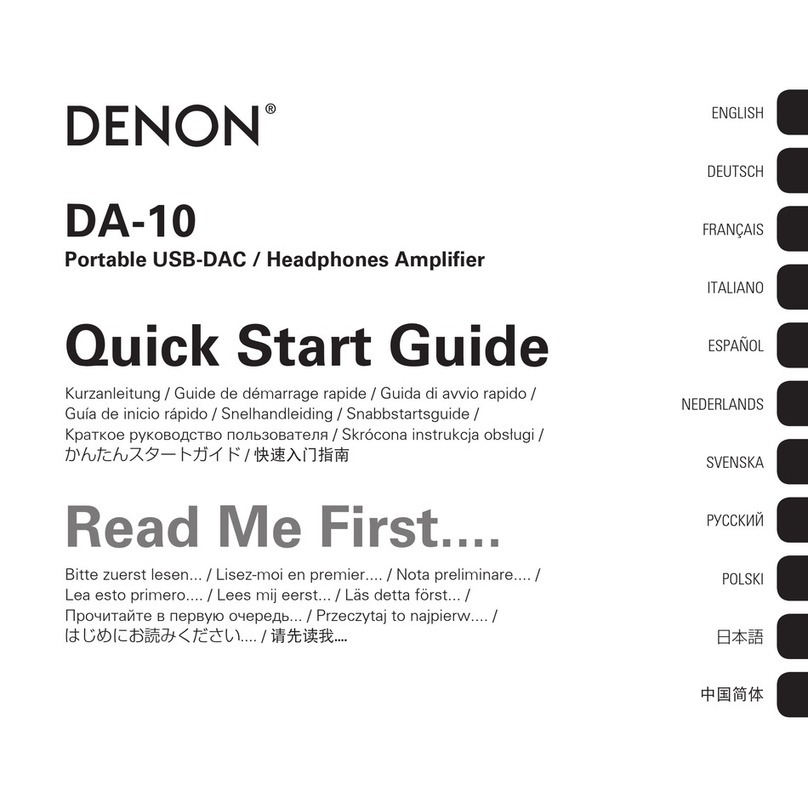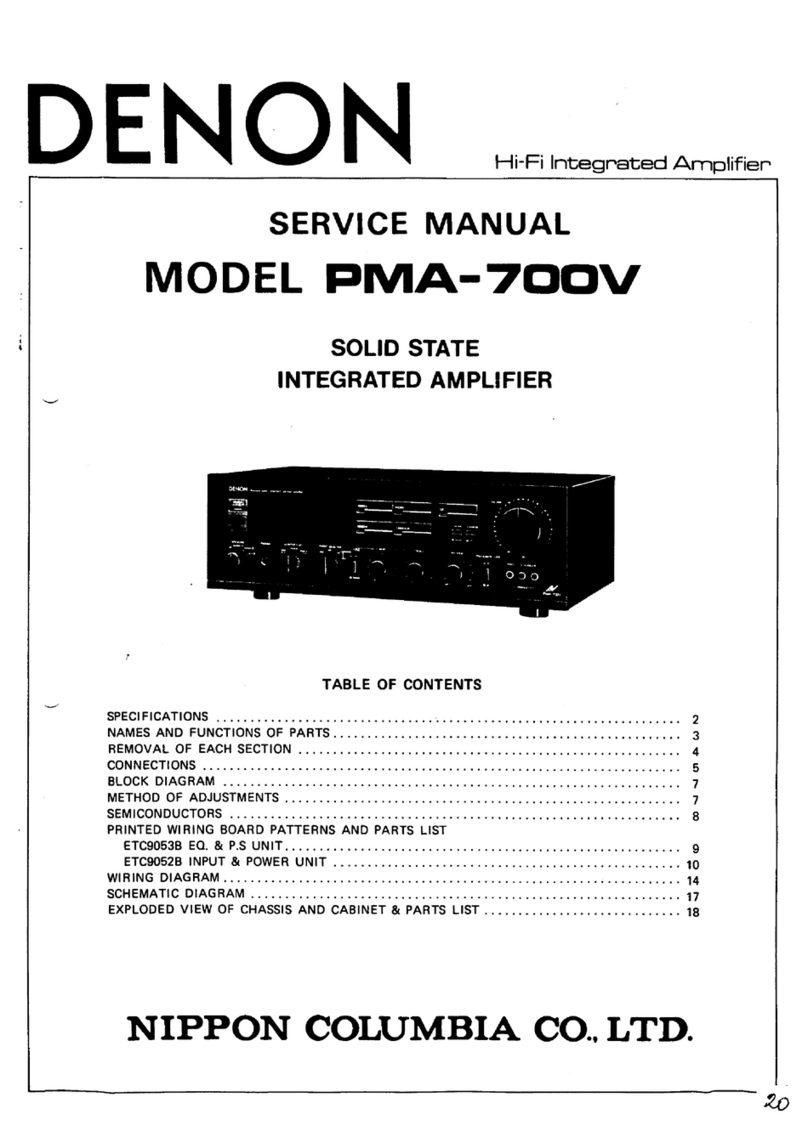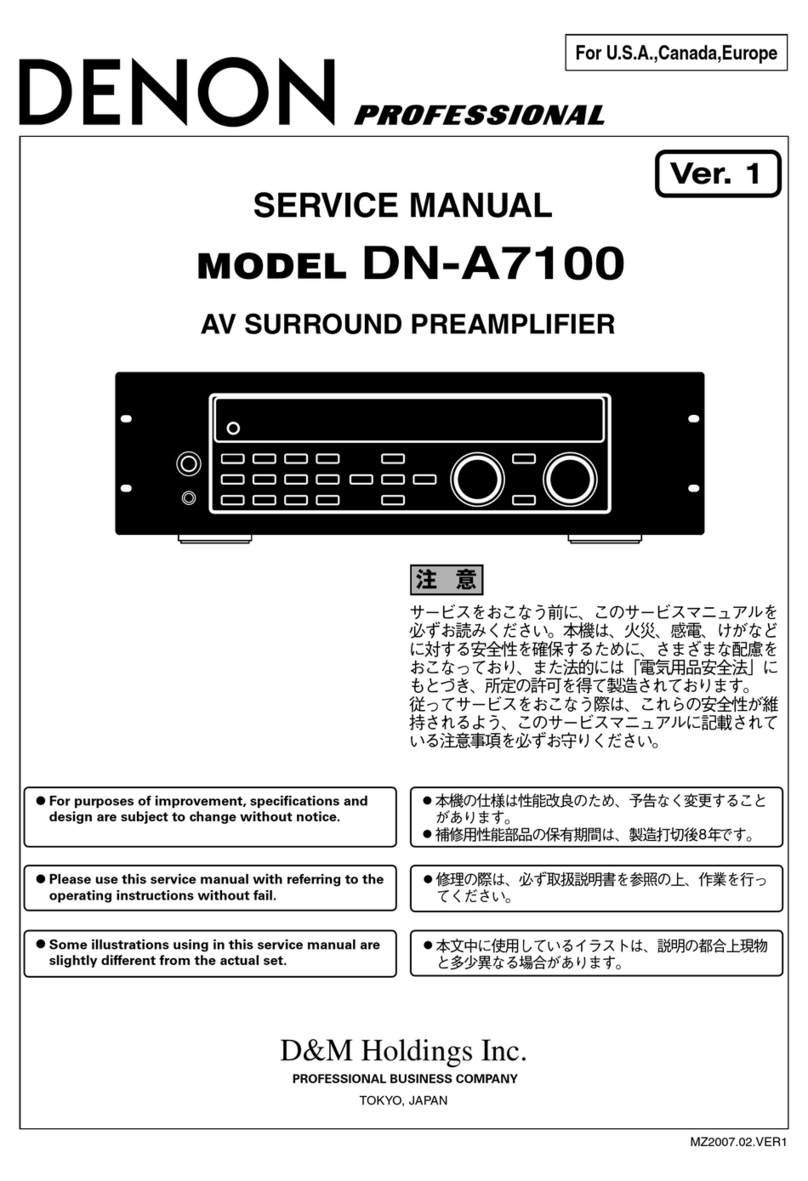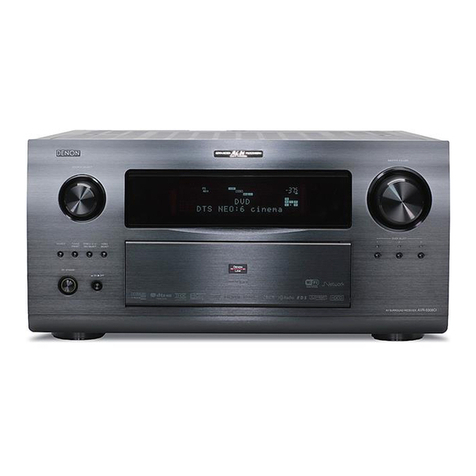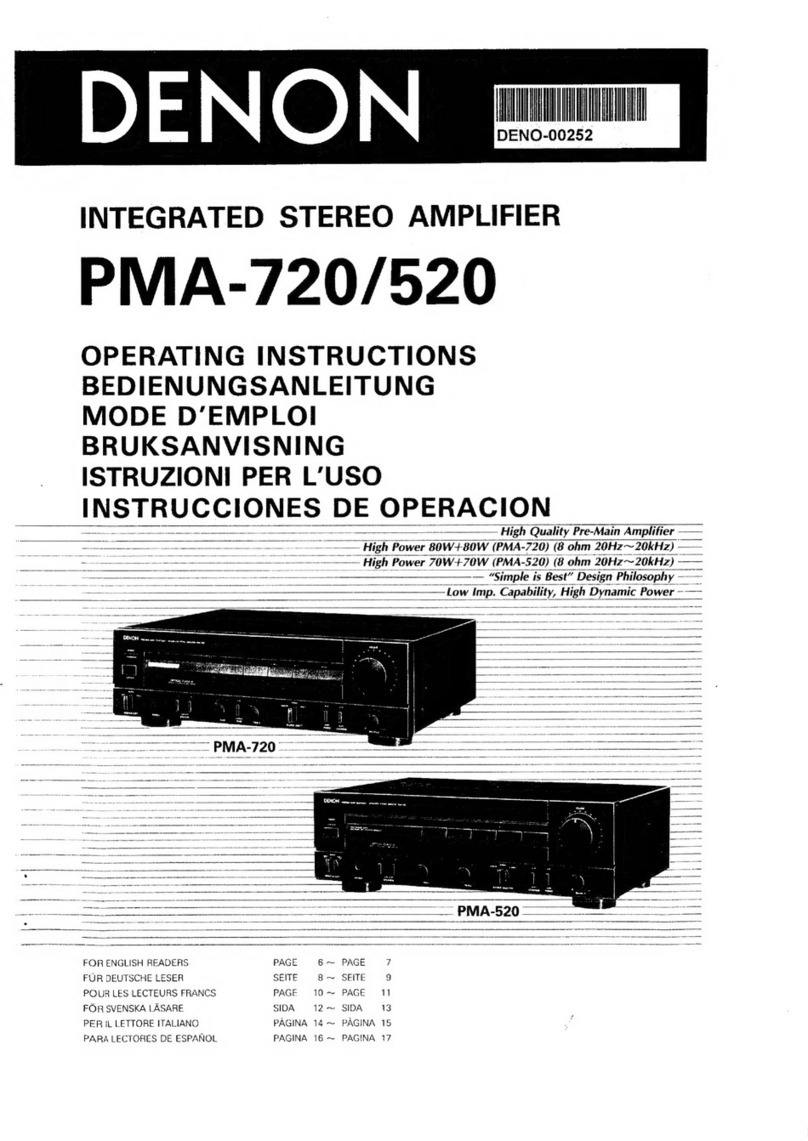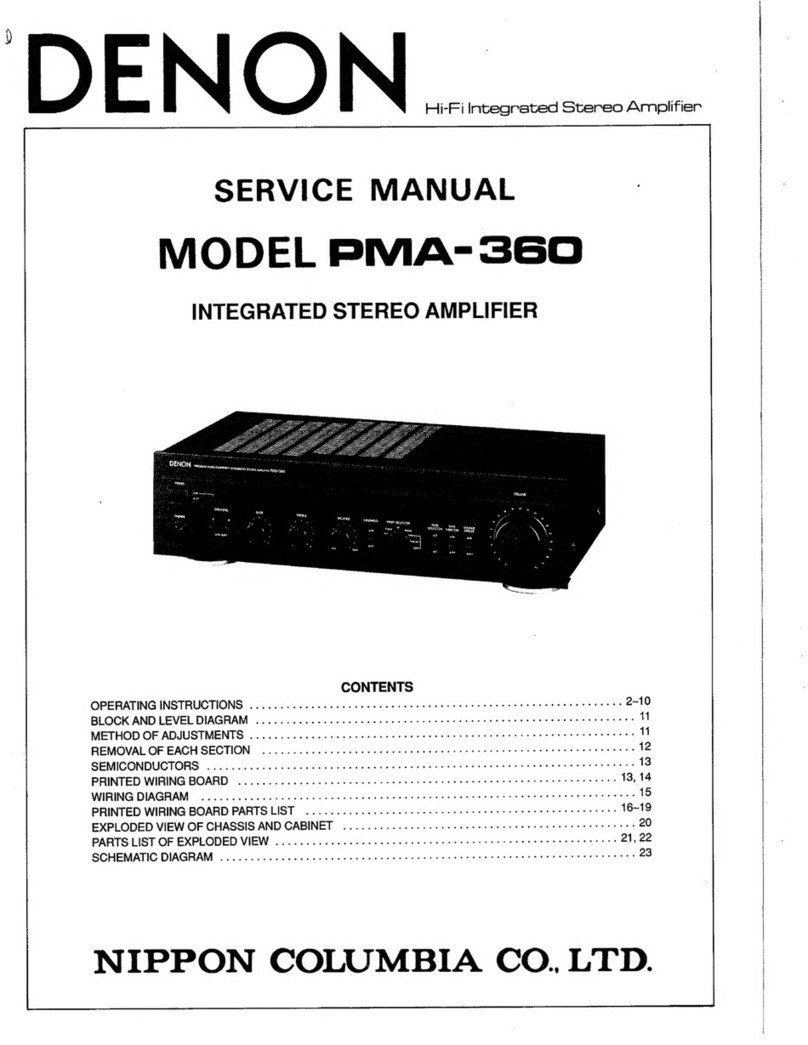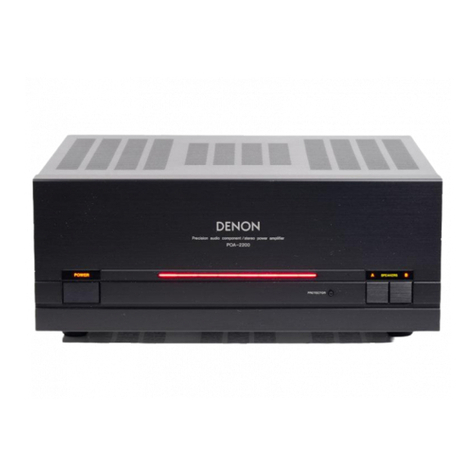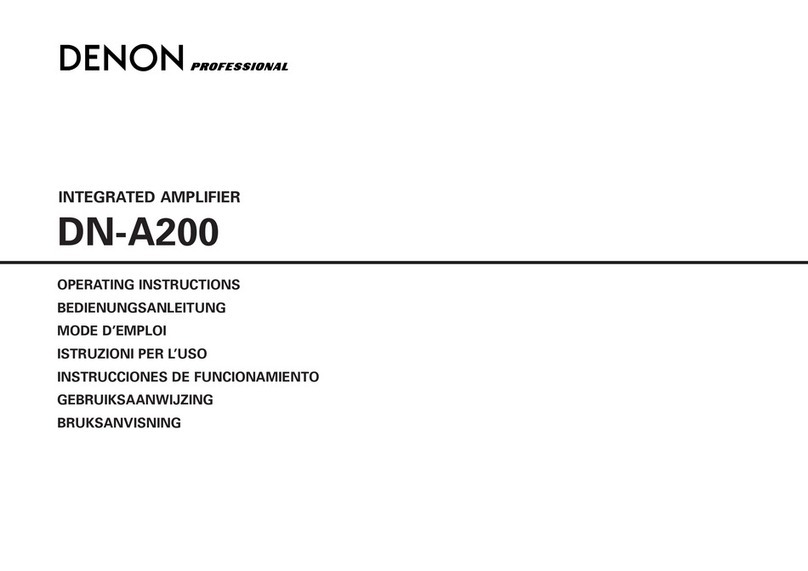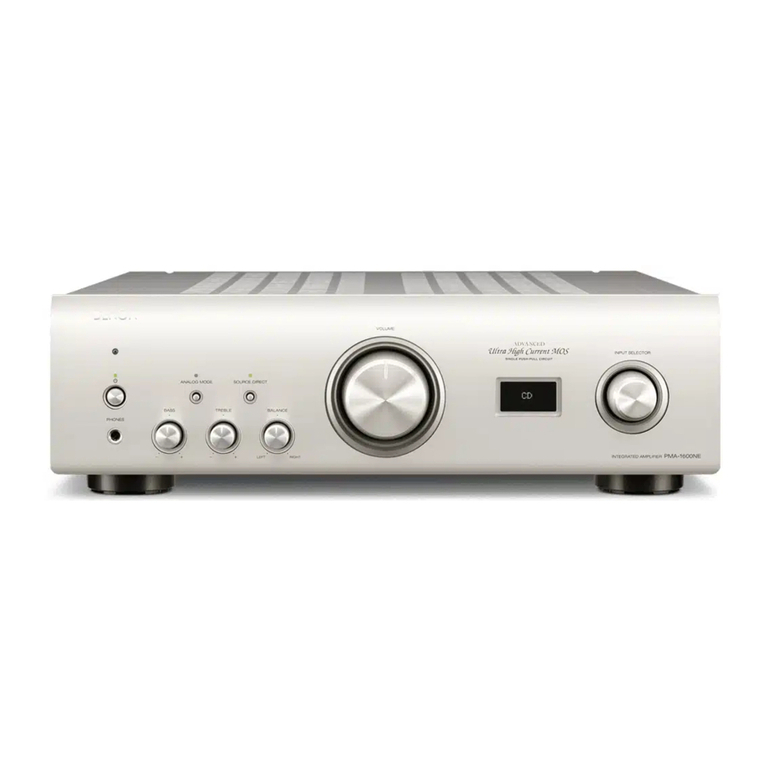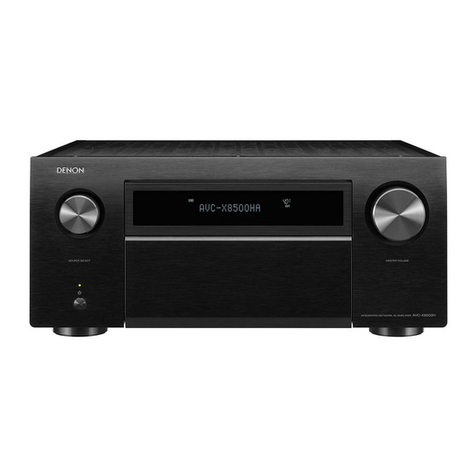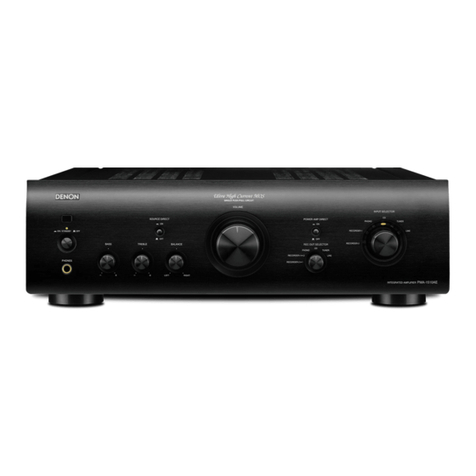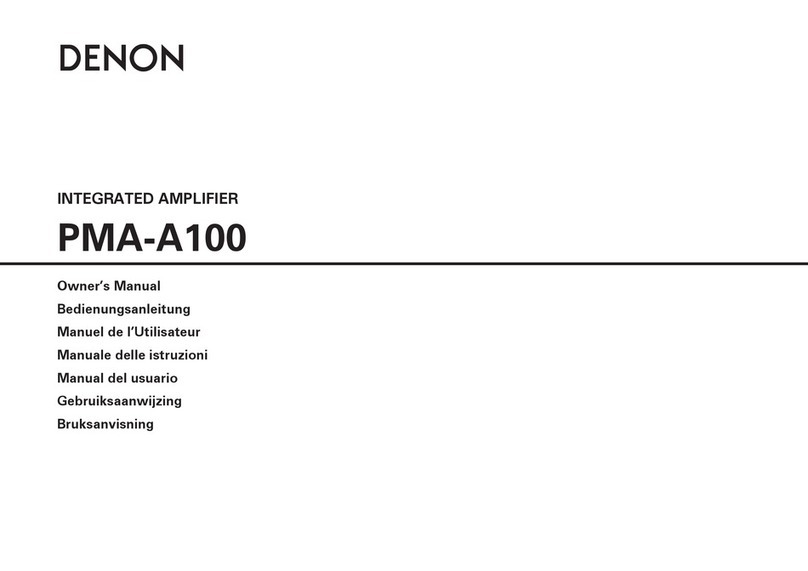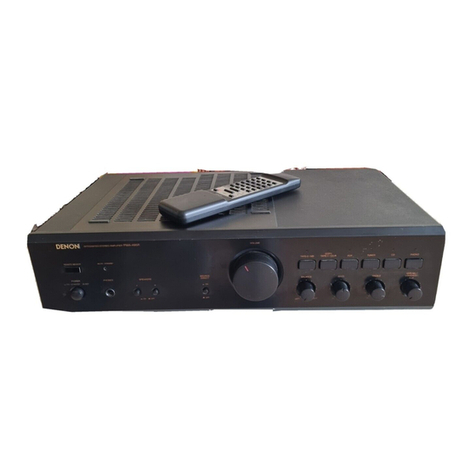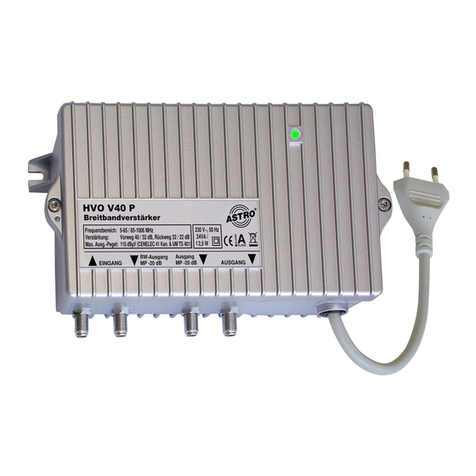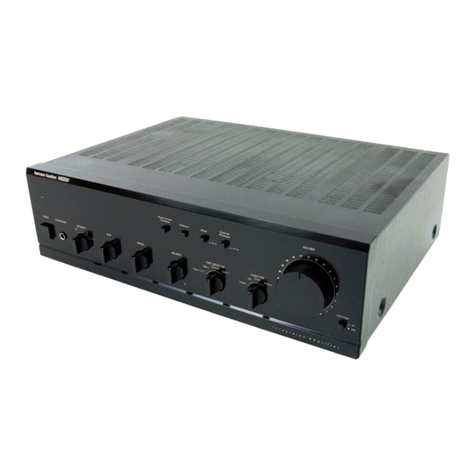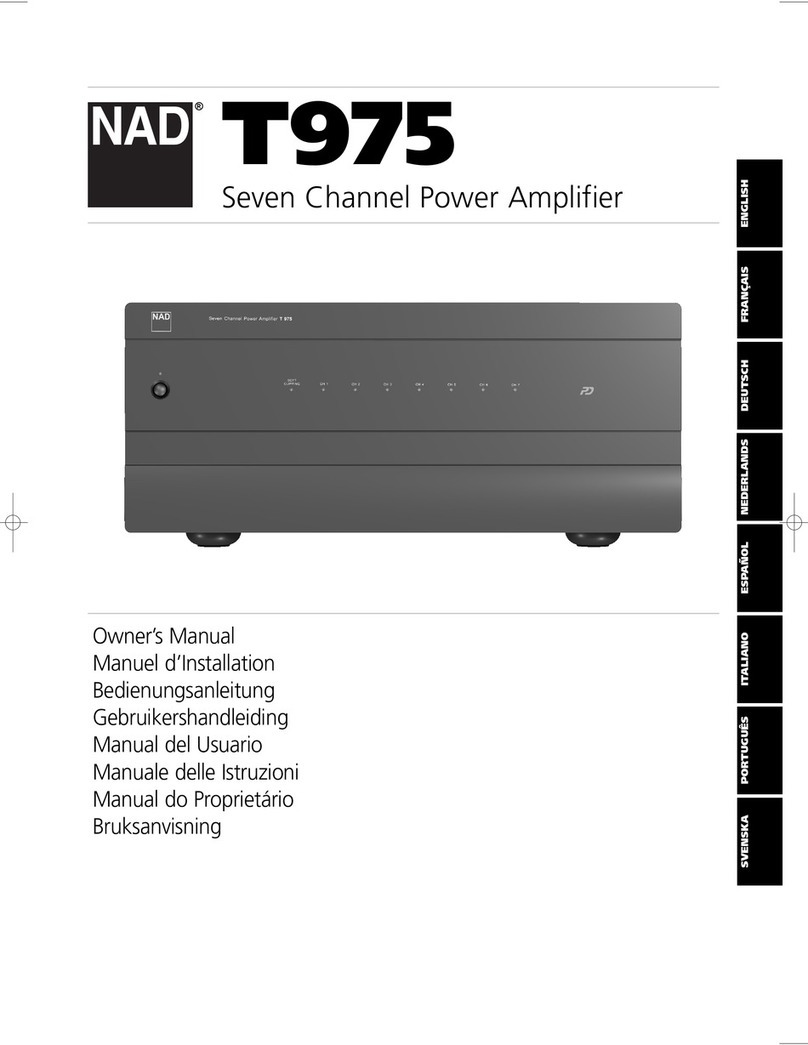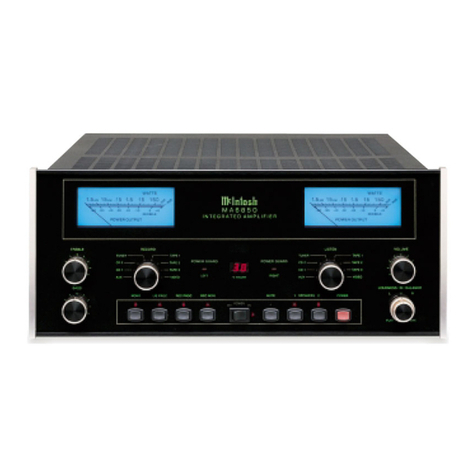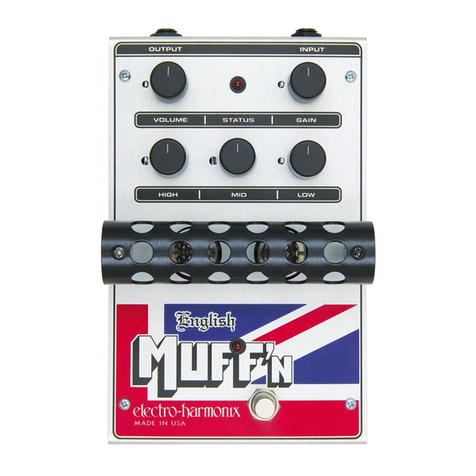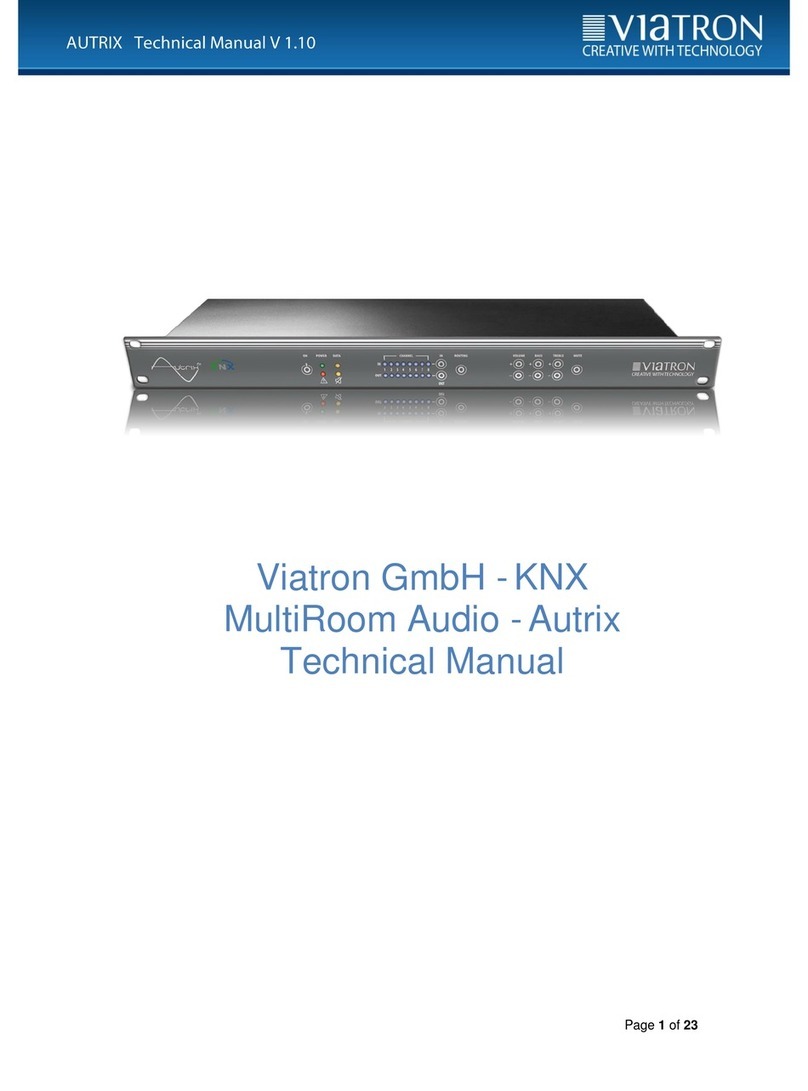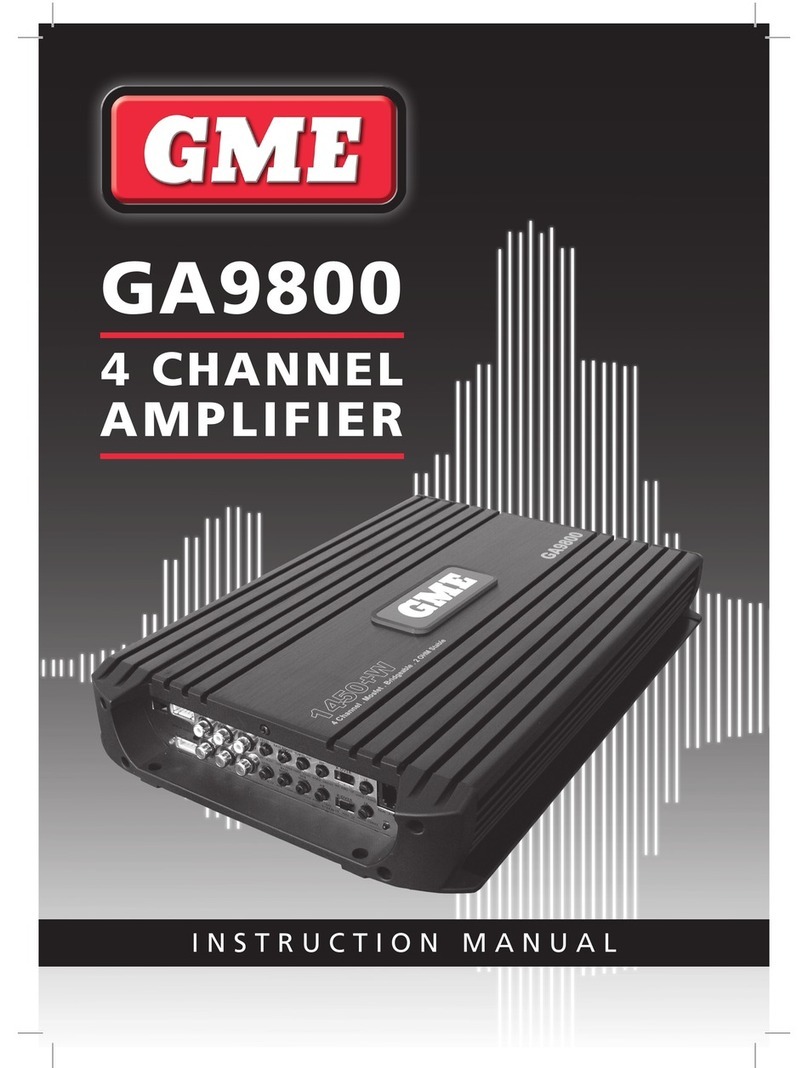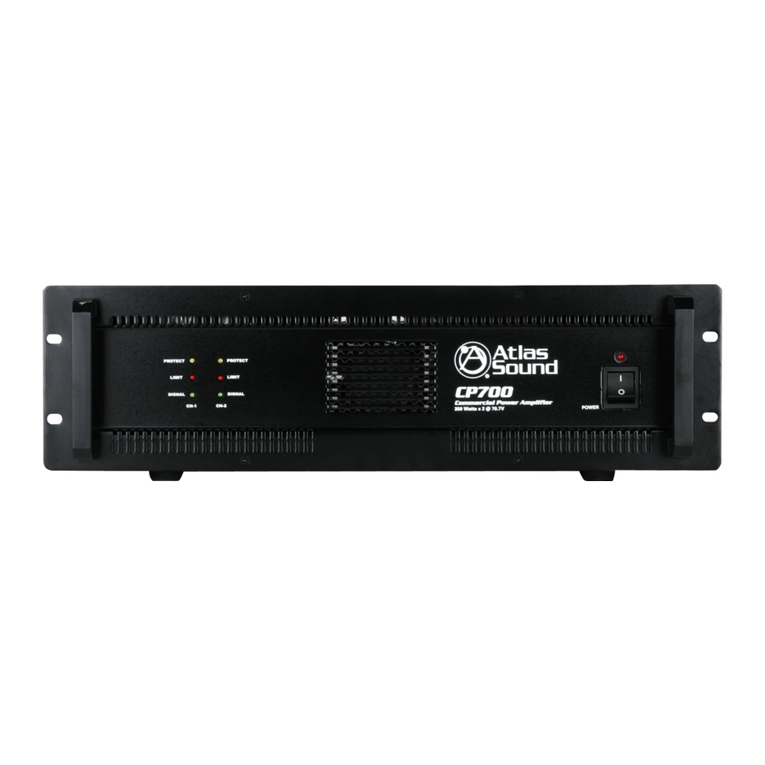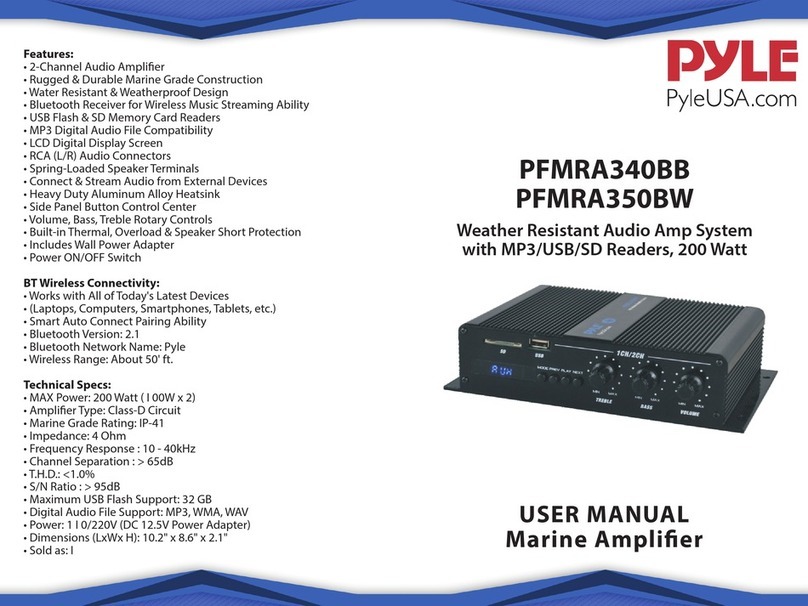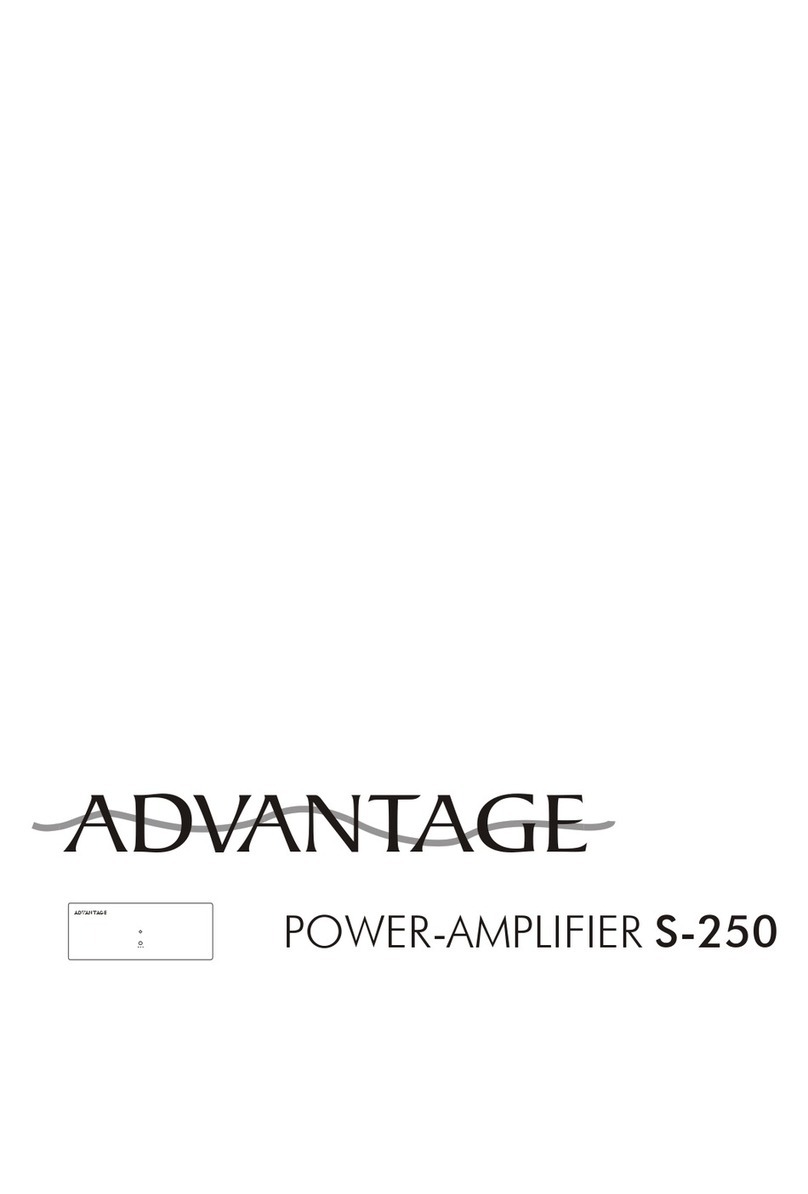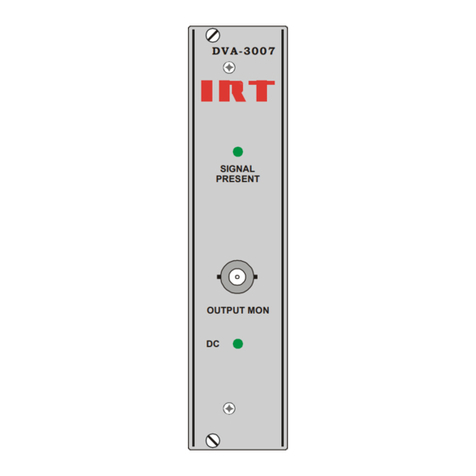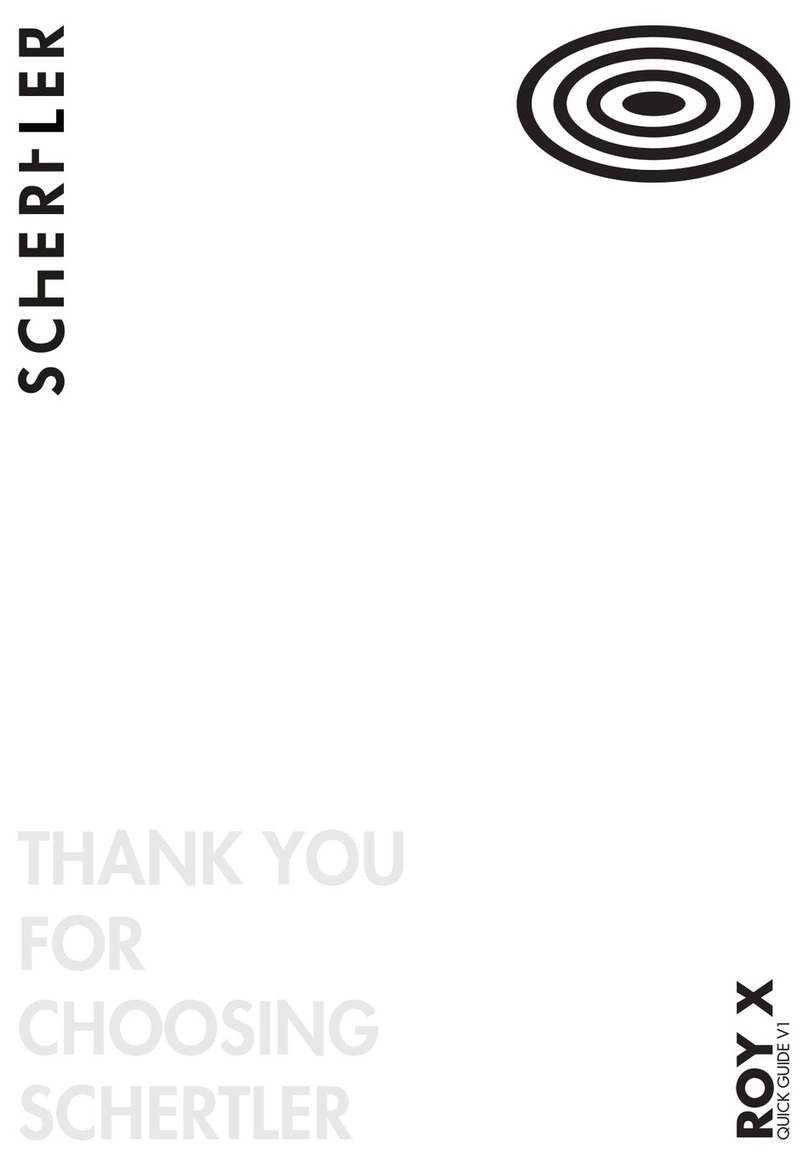Accessories························································································ 3
Inserting the batteries ······································································ 4
Operating range of the remote control unit ····································· 4
Features······························································································ 5
Part names and functions
Front panel ························································································ 6
Rear panel·························································································· 9
Remote control unit······································································ 10
Amplifier operation········································································· 10
CD player operation········································································ 11
Network audio player operation ····················································· 12
Connections
Speaker connection ······································································ 14
Connecting the speakers cables ···················································· 14
Speaker A/B connection································································· 15
Bi-wiring connection······································································· 16
Connecting a playback device ··················································· 17
Connecting a recording device·················································· 18
Connecting amplifiers·································································· 19
Connecting the power cord························································ 20
Contents
Playback
Turning the power on····································································· 22
Selecting the input source ····························································· 23
Adjusting the volume ····································································· 23
Turning o the sound temporarily ·················································· 23
Adjusting the tone·········································································· 23
Playing CDs ···················································································· 24
Recording ······················································································· 24
Settings
Setting the Auto Standby mode··············································· 26
Turning Auto Standby mode o ····················································· 26
Turning Auto Standby mode on ····················································· 26
Setting the power amp direct mode ······································· 27
Turning power amp direct mode on··············································· 27
Turning power amp direct mode o··············································· 27
Tips
Contents··························································································· 28
Tips································································································· 29
Troubleshooting ············································································· 30
Appendix
Explanation terms············································································ 34
Specifications ··················································································· 35
Index ·································································································· 37
